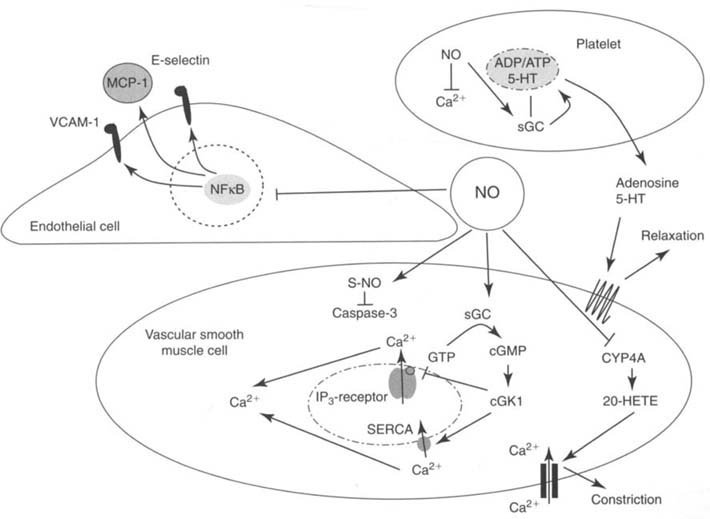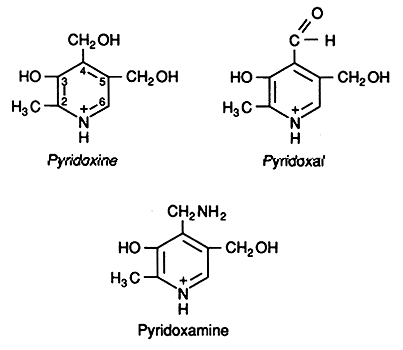Bonaudo Silvia, Volpe Elena

Etymologically, the word derives from the Germanic wal- and Old English wealhhnutu, literally "foreign nut".The two most common major species of walnuts are grown for their seeds : the Persian or English Walnut , that originated in Persia, and the Black Walnut, native to eastern North America. The commercially produced walnut varieties are nearly all hybrids of the English walnut.
Walnuts are one of the several high nutrient density foods. 100 grams of walnuts contain 15.2 gram protein, 65.2 gram fat, and 6.7 gram dietary fiber.
| Nutrient (per 100 gram) | English walnut seed |
|---|
| Carbohydrates (g) | 13.7 |
| Protein (g) | 15.2 |
| Unsaturated fatty acids (g) | 56.1 |
Poly to mono unsaturated
fatty acids ratio | 47:9 |
| Fiber (g) | 6.7 |
| Calcium (mg) | 98 |
| Iron (mg) | 2.9 |
| Zinc (mg) | 3.1 |
| Vitamin B-6 (mg) | 0.54 |
The proteins in walnuts provide many essential aminoacids, especially Arginine.
Arginine is a NOs (Nitric Oxide sinthasys) substrate, enzyme necessary to produce NO (Nitric Oxide) which has important effects on vascular endothelium.

Oxidation of L-Arg to L-citrulline occurs via two successive monooxygenation reactions producing Nω-hydroxy-L-arginine (NOHLA) as an intermediate. 2 mol of O2 and 1.5 mol of NADPH are consumed per mole of NO formed.
BH4 (tetrahydrobiopterin) is the coenzyme necessary for the reaction.
There are three types of NOs: nNOs (neuronal), iNOs (inducible), eNOs (endothelial). They are largely distributed in the cardiovascular system.
NNOs and eNOs are constitutively expressed and their activation is Calcium/CaM dependant:
stimulus --> Calcium increases --> n/e NOs activation --> NO increases
NO is a highly lipophil molecule, and, depending on the side (luminal or abluminal) in which it diffuses, has different effects:
- Luminal side:
1- platelet antiaggregant: this effect is quite important, because if NOs is farmacologically inactivated, coagulation cascade is relevant.
Tissue factor and nitric oxide: a controversial relationship!,2007.
2- protective action on vessels: anti-inflammatory and anti-atherosclerotic effect.
Improving the solubility of a new class of antiinflammatory pharmacodynamic hybrids, that release nitric oxide and inhibit cycloxygenase-2 isoenzyme 2012
NO inhibits leukocytary adhesion molecules, that cause granulocytes, lymphocytes and phagocytes docking and rolling.

- Abluminal side: VASODILATION on vessel smooth muscle and myocardium :
 In detail, PKG closes Calcium Long-Lasting gates and probably even RyR; in this way NO decreases Calcium levels in muscular cell, reducing contractility, and this provoke vasodilation. Furthermore, cGMP activates MLCP (Myosin Light Chain Phosphatase) and it opens K+ channels, causing hyperpolarization. NO also has an indirect vasodilation effect by inhibiting vasoconstrictor influences, such as angiotensin II and sympathetic action.
In detail, PKG closes Calcium Long-Lasting gates and probably even RyR; in this way NO decreases Calcium levels in muscular cell, reducing contractility, and this provoke vasodilation. Furthermore, cGMP activates MLCP (Myosin Light Chain Phosphatase) and it opens K+ channels, causing hyperpolarization. NO also has an indirect vasodilation effect by inhibiting vasoconstrictor influences, such as angiotensin II and sympathetic action.
Depolarization of Mitochondria in Endothelial Cells Promotes Cerebral Vascular Vasodilation by Activation of Nitric Oxide Synthase. 2013.
Reversal of hemoglobin-induced vasoconstriction with sustained release of nitric oxide. 2011.
On the other hand NO, whether present in small amount, induces vasoconstriction:
low [NO]--> low [cGMP] --> inhibition of PDE, that converts cAMP in AMP.
So the total effect is a [cAMP] increase. cAMP activates PKA, that opens Calcium VOC channels, easing contraction.
Walnuts are also extremely rich in B6 vitamin (in 100g there is the 41 % of GDA). There are three forms of this vitamin: pyridoxine, an alcohol; pyridoxal, an aldehyde; and pyridoxamine, which contains an amino group, and their respective 5'-phosphate esters. Pyridoxal 5' phosphate (PLP) and pyridoxamine 5' phosphate (PMP) are the active coenzyme forms of vitamin B6.


Vitamin B6 in coenzyme forms performs a wide variety of functions in the body and it is extremely versatile, with involvement in more than 100 enzyme reactions, mostly concerned with protein metabolism (a-aminoacids transamination and decarboxylation, Serine dehydratation…) Vitamin B6 also plays a role in cognitive development through the biosynthesis of neurotransmitters and in maintaining normal levels of homocysteine. It is involved in gluconeogenesis and glycogenolysis, immune function (for example, it promotes lymphocyte and interleukin-2 production), and hemoglobin formation. The Food and Nutrition Board (FNB) at the Institute of Medicine of the National Academies (formerly National Academy of Sciences) used a plasma PLP level of 20 nmol/L as the major indicator of adequacy to calculate the Recommended Dietary Allowances (RDAs) for adults.
Levels of circulating homocysteine, vitamin B6, vitamin B12, and folate in different types of open-angle glaucoma 2010

Prediagnostic plasma vitamin B6 (pyridoxal 5'-phosphate) and survival in patients with colorectal cancer 2013
Cardiovascular Disease
Scientists have hypothesized that certain B vitamins (folic acid, vitamin B12, and vitamin B6) might reduce cardiovascular disease risk by lowering homocysteine levels. Therefore, several clinical trials have assessed the safety and efficacy of supplemental doses of B vitamins to reduce heart disease risk. Evaluating the impact of vitamin B6 from many of these trials is challenging because these studies also included folic acid and vitamin B12 supplementation. For example, the Heart Outcomes Prevention Evaluation 2 (HOPE 2) trial, which included more than 5,500 adults with known cardiovascular disease, found that supplementation for 5 years with vitamin B6 (50 mg/day), vitamin B12 (1 mg/day), and folic acid (2.5 mg/day) reduced homocysteine levels and decreased stroke risk by about 25%, but the study did not include a separate vitamin B6 group.
Moreover, most other large clinical trials have failed to demonstrate that supplemental B vitamins actually reduce the risk of cardiovascular events, even though they lower homocysteine levels. For example, a randomized clinical trial in 5,442 women aged 42 or older found no effect of vitamin B6 supplementation (50 mg/day) in combination with 2.5 mg folic acid and 1 mg vitamin B12 on cardiovascular disease risk. Two large randomized controlled trials, the Norwegian Vitamin Trial and the Western Norway B Vitamin Intervention Trial, did include a group that received only vitamin B6 supplements (40 mg/day). The combined analysis of data from these two trials showed no benefit of vitamin B6 supplementation, with or without folic acid (0.8 mg/day) plus vitamin B12 (0.4 mg/day), on major cardiovascular events in 6,837 patients with ischemic heart disease. In a trial of adults who had suffered a nondisabling stroke, supplementation with high or low doses of a combination of vitamins B6 and B12 and folic acid for 2 years had no effect on subsequent stroke incidence, cardiovascular events, or risk of death.
The research to date provides little evidence that supplemental amounts of vitamin B6, alone or with folic acid and vitamin B12, can help reduce the risk or severity of cardiovascular disease and stroke.
Combined analyses and extended follow-up of two randomized controlled homocysteine-lowering B-vitamin trials. 2010
Homocysteine-lowering therapy and stroke risk, severity, and disability: additional findings from the HOPE 2 trial.2009
Effect of folic acid and B vitamins on risk of cardiovascular events and total mortality among women at high risk for cardiovascular disease: a randomized trial.2008
Lowering homocysteine in patients with ischemic stroke to prevent recurrent stroke, myocardial infarction, and death: the Vitamin Intervention for Stroke Prevention (VISP) randomized controlled trial.2004